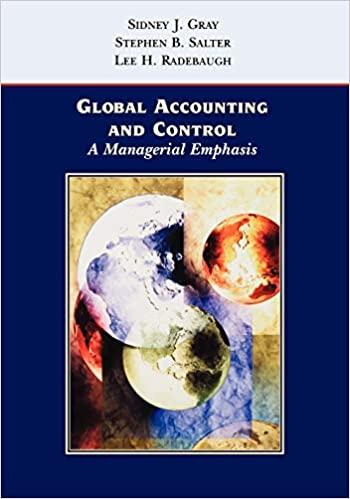Amberjack Company is trying to decide on an allocation base to use to assign manufacturing overhead to jobs. The company has always used direct labor hours to assign manufacturing overhead to products, but it is trying to decide whether it should use a different allocation base such as direct labor dollars or machine hours. Actual and estimated data for manufacturing overhead, direct labor cost, direct labor hours, and machine hours for the most recent fiscal year are summarized here; Required: 1. Based on the company's current allocation base (direct labor hours), compute the following: a. Predetermined overhead rate. Note: Round your answer to 2 decimal places. b. Applied manufacturing overhead. Note: Round your intermediate calculations to 2 decimal places and final answer to the nearest whole dollar amount. c. Over-or underapplied manufacturing overhead. Note: Round your intermediate calculations to 2 decimal places and final anstrer to the nearest whole dollar amount. 2. If the company had used direct labor dollars (instead of direct labor hours) as its allocation base, compute the following: a. Predetermined overhead rate. Note: Round your answer to 2 decimal places, i.e. 3.63% b. Applied manufacturing overhead. Note: Round your intermediate calculations to 2 decimal places and final answer to the nearest whole dollar amount. c. Over- or underapplied manufacturing overhead. Note: Round your intermediate calculations to 2 decimal places and final answer to the nearest whole dollar amount. a. Predetermined overhead rate. Note: Round your answer to 2 decimal places. b. Applied manufacturing overhead. Note: Round your intermediate calculations to 2 decimal places and final answer to the nearest whole dollar amount. c. Over- or underapplied manufacturing overhead. Note: Round your intermediate calculations to 2 decimal places and final answer to the nearest whole dollar amount. 4. Based on last year's data alone, which allocation base would have provided the most accurate measure for applying manufacturing overhead costs to production? Amberjack Company is trying to decide on an allocation base to use to assign manufacturing overhead to jobs. The company has always used direct labor hours to assign manufacturing overhead to products, but it is trying to decide whether it should use a different allocation base such as direct labor dollars or machine hours. Actual and estimated data for manufacturing overhead, direct labor cost, direct labor hours, and machine hours for the most recent fiscal year are summarized here; Required: 1. Based on the company's current allocation base (direct labor hours), compute the following: a. Predetermined overhead rate. Note: Round your answer to 2 decimal places. b. Applied manufacturing overhead. Note: Round your intermediate calculations to 2 decimal places and final answer to the nearest whole dollar amount. c. Over-or underapplied manufacturing overhead. Note: Round your intermediate calculations to 2 decimal places and final anstrer to the nearest whole dollar amount. 2. If the company had used direct labor dollars (instead of direct labor hours) as its allocation base, compute the following: a. Predetermined overhead rate. Note: Round your answer to 2 decimal places, i.e. 3.63% b. Applied manufacturing overhead. Note: Round your intermediate calculations to 2 decimal places and final answer to the nearest whole dollar amount. c. Over- or underapplied manufacturing overhead. Note: Round your intermediate calculations to 2 decimal places and final answer to the nearest whole dollar amount. a. Predetermined overhead rate. Note: Round your answer to 2 decimal places. b. Applied manufacturing overhead. Note: Round your intermediate calculations to 2 decimal places and final answer to the nearest whole dollar amount. c. Over- or underapplied manufacturing overhead. Note: Round your intermediate calculations to 2 decimal places and final answer to the nearest whole dollar amount. 4. Based on last year's data alone, which allocation base would have provided the most accurate measure for applying manufacturing overhead costs to production








